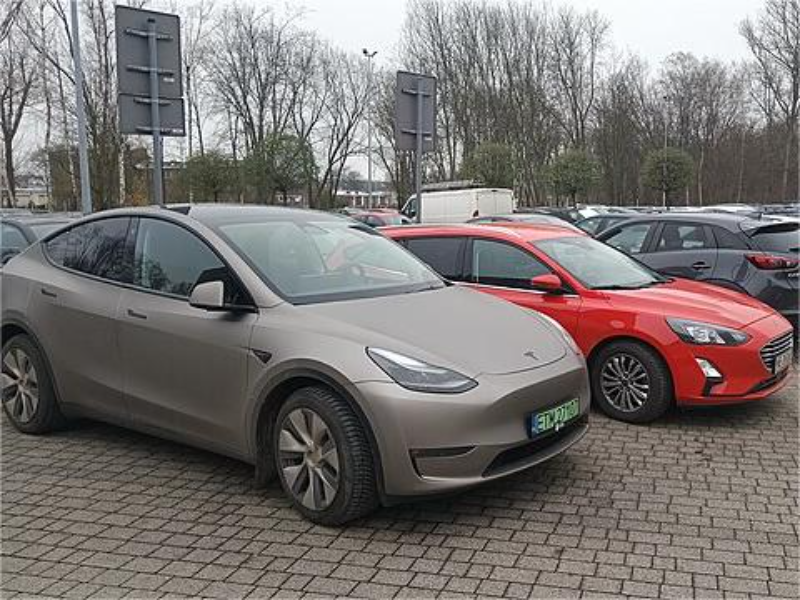- To achieve autonomous driving, it is essential to prioritise addressing one issue, driving safety.
- The autonomous driving decision-making system is the stage where artificial intelligence shines.
- Automatic driving control technology is the core component for automobiles to automatically adjust their trajectory, change lanes, and regulate speed during operation, acting as the brain of intelligent vehicles.
Autonomous driving technology relies on computer and artificial intelligence technology to achieve complete, safe, and effective driving without human manipulation, representing a technology in the automotive industry. With the continuous advancement of technology, autonomous driving is poised to disrupt people’s transportation patterns and vehicle choices, a trend closely monitored by governments, automakers, suppliers, consumers, and investment institutions alike. The working principle of autonomous driving cars involves three stages: perception, decision-making, and control.
Perception system
To achieve autonomous driving, it is essential to prioritise addressing one issue, driving safety.
In order to ensure that autonomous vehicles can make correct judgments in different scenarios, real-time dynamic acquisition and identification of surrounding environmental information is necessary. This information includes but is not limited to the vehicle’s status, traffic flow information, road conditions, and traffic signs, in order to meet the requirements of the vehicle’s decision-making system.
In other words, environmental perception plays a role similar to the eyes and ears of a human driver and is a prerequisite for achieving autonomous driving. Cameras and radar are the most important sensors in the environmental perception system of autonomous driving vehicles.
Cameras can directly capture images and videos, and the data can be transmitted to the central decision-making organisation through simple connections. They have high timeliness, sensitivity, and accuracy.
Radar detects the position of targets through radio waves. Different radars have different functions, but their basic components are similar, mainly including the transmission system, receiving system, and processing system, as well as auxiliary systems such as power supply, display system, and anti-interference system.
Also read: Deep learning in computer vision: Revolutionising AI applications
Decision-making system
The autonomous driving decision-making system is the stage where artificial intelligence shines. It also needs to address two main issues. The first step is cognitive understanding, which involves accurately positioning the vehicle itself and understanding the surrounding environment based on the information collected by the perception system. The second step is decision-making and planning, which mainly involves accurately predicting possible future scenarios, making precise judgments and plans for the next actions, and selecting reasonable paths to reach the goal. Through these two steps, the autonomous vehicle can autonomously generate safe and rational driving behaviors, guiding the motion control system to control the vehicle.
Also read: Tesla’s humanoid robot, Optimus, may debut in 2025
Automatic driving control technology
Automatic driving control technology is the core component for automobiles to automatically adjust their trajectory, change lanes, and regulate speed during operation, acting as the brain of intelligent vehicles.
Lateral Control refers to the lateral control of intelligent vehicle automatic driving technology mainly involves controlling the steering system, transmission system, braking system, and brake system during the vehicle’s operatio. When performing lateral vehicle control, first, information such as the vehicle’s position, external environment, and target path during the vehicle’s operation is collected. Then, multi-level information is processed and transformed, and based on the collected information, the steering control amount of the vehicle is promptly adjusted. This mainly includes parameters such as yaw rate, vehicle lateral deviation angle, lateral-vertical-longitudinal acceleration, etc. Finally, the execution parameter information is transmitted to the vehicle controller for execution and driving.
Longitudinal Control refers to that Automobile longitudinal driving technology mainly focuses on controlling the vehicle’s driving and braking, involving the control of the vehicle’s engine, transmission device, and braking system.

